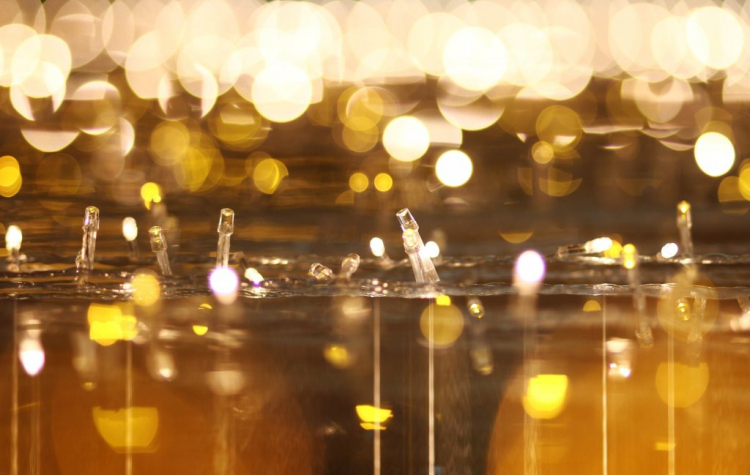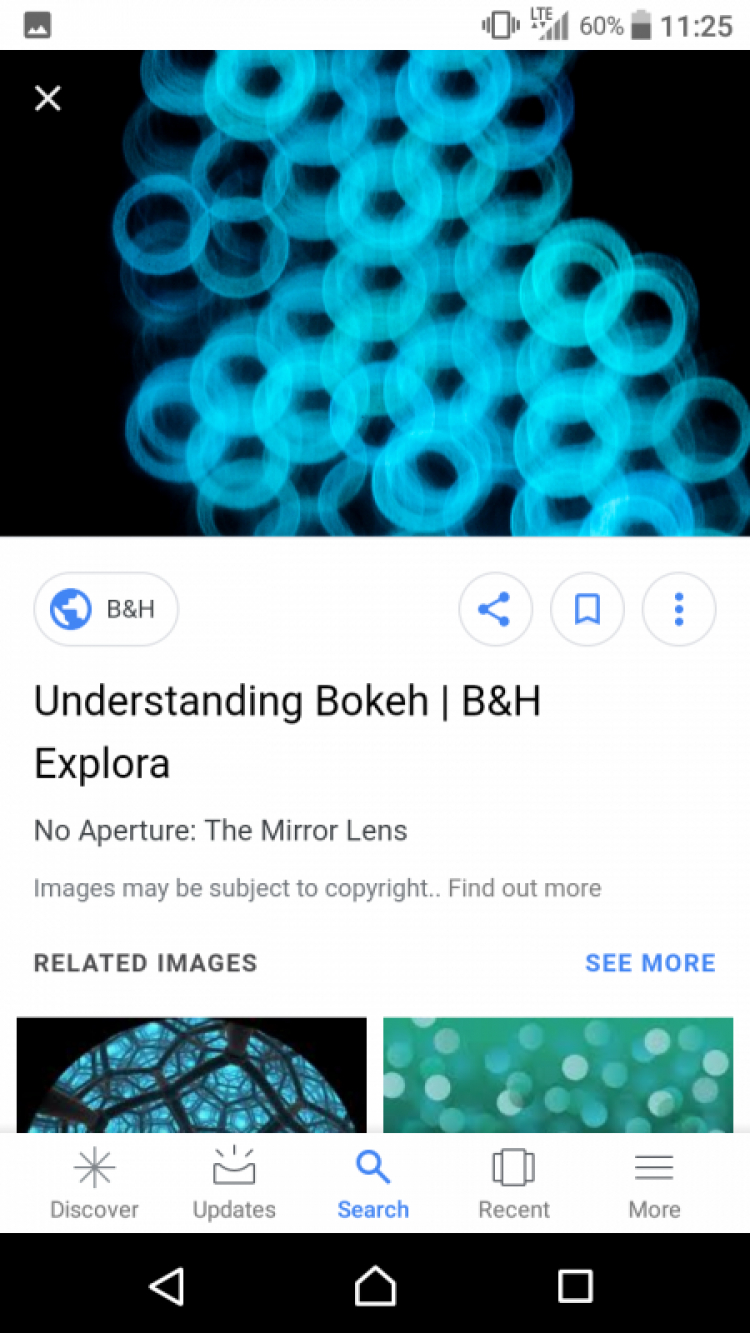May 30, 2003: In the fourth century BC, Aristotle was puzzled. "Why is it that when the sun passes through quadri-laterals, as for instance in wickerwork, it does not produce a figure rectangular in shape but circular?" he wrote. "Why is it that an eclipse of the sun, if one looks at it through a sieve or through leaves, such as a plane-tree or other broadleaved tree, or if one joins the fingers of one hand over the fingers of the other, the rays are crescent-shaped where they reach the earth?"
Aristotle found no satisfactory explanation; indeed, the problem remained unresolved for nearly two thousand years. Vince Huegele, an optical physicist at the NASA Marshall Space Flight Center, explains the modern understanding:
"Solar images formed by pinholes, crossed fingers, patches between leaves, all occur because of diffraction--a wave property of light. In the case of a pinhole, the light rays do not shoot straight by the rim of the hole, but bend around the edge. This wave effect creates a diffraction pattern of rings on the screen which resembles a bull's eye. That's for a flat wave single light source. If the aperture is illuminated by a scene, it acts as a lens to image the scene on a screen. With the right size hole relative to the right distance to a screen, a clear image is formed. That's the general principle of a pinhole camera."
"Applying this to an eclipse observation, the sun becomes the object to view. Point the pinhole camera at the sun and you see a solar image (projected on a screen) dim enough your eyes can enjoy."
"But the pinhole effect doesn't need a designed aperture. The solar image can be formed by any aperture if the shadow is the right distance away. The sunrays though tree leaves work to make a solar image on the ground below. Blinds on the window will covert a square opening into a round sun on the wall."
"The marvel is that diffraction doesn't need a round hole to form an image. A square pinhole will also work if its area is the same. Even for a random edged shape, the wave bending will average out to form an image of the scene contained in the incident light. That's why the spots of light through the trees are round; the gaps in the foliage are imaging the sun. "
"Due to the geometry of the sun as an object, it can form an image with a small mirror just as if it was a pinhole. Find a small mirror (like one from a makeup compact) or make one using a mask to create a 1" diameter hole over a mirror. Reflect the sun onto a shadowed wall of a building for the same effect as a pinhole camera. Back away from the wall until the spot is round and you have reached the right distance for diffraction to occur, which may be 700 times the size of the mirror aperture. Now make a mask with square or irregular shaped hole about the same size and shine it on the wall. The spot will be round because it is the image of the sun and not a shadow of the mirror. And during an eclipse, it's a crescent."
Pinhole Photography - History, Images, Cameras, Formulas (photo.net)
Diffraction of Light (Florida State University)
Pinhole Astrophotography
Return to "Solar Eclipse" from Science@NASA.




